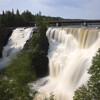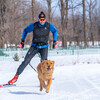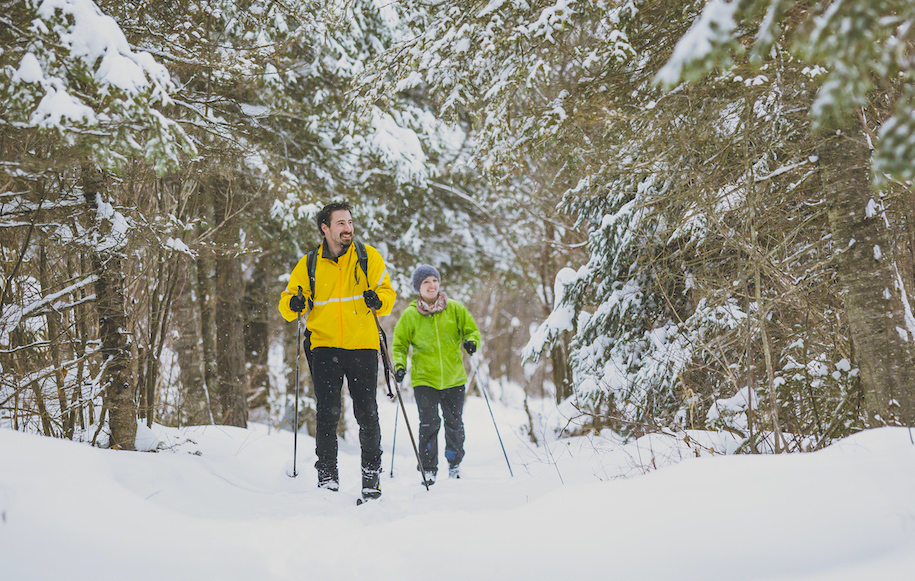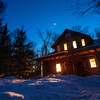
What to Know About Hiking & Snowshoeing in Northern Ontario This Winter
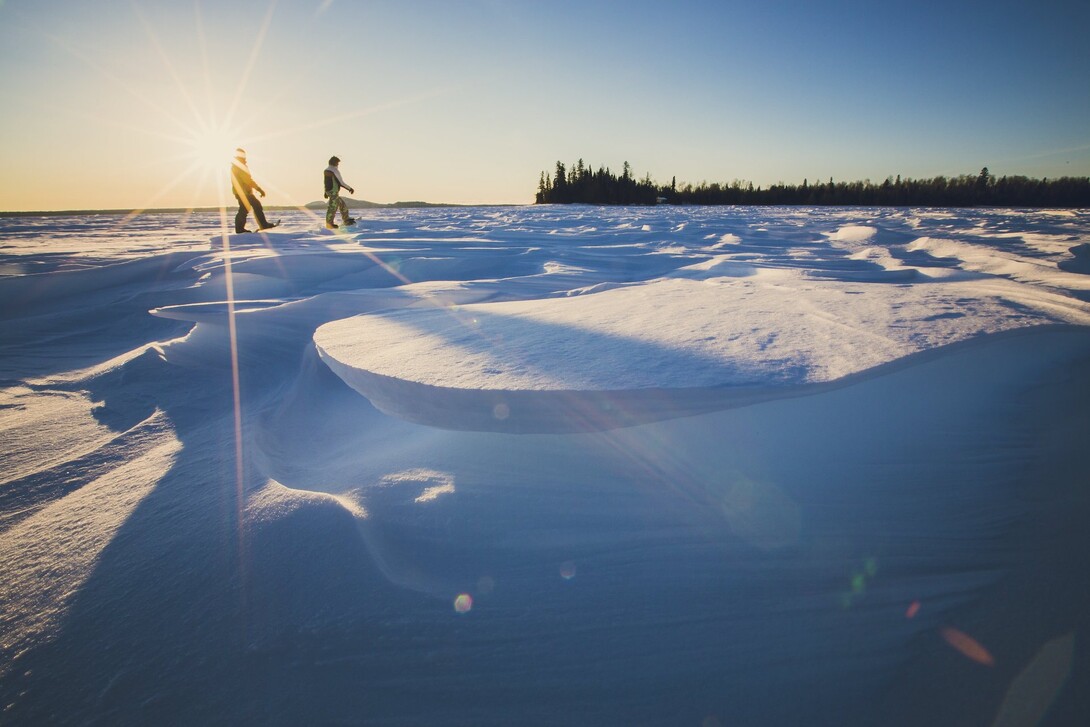
There’s a reason many people don’t like winter—they’ve never experienced it before. At least, not in its true form. Many only experience the biting cold, with every snowfall resulting in a nightmare on the roads (because it snows so infrequently, drivers and snow-clearing services are unpracticed), and not enough snow to be able to enjoy snow-related activities or inspire awe each time you step outside. But this isn’t the case for winters in Northern Ontario.
True, some days are sharply cold here too, but with deep, reliable snow cover, it’s easy to stay warm as you recreate outdoors. And it’s easy to want to get out there when the spruce and jack pines wear jackets of snow, the tamarack and white birch have their limbs laden with white, and the blanketed Canadian Shield sparkles on clear, blue-skied days. Enjoying all this magical season has to offer in the northern stretches of the province is as simple as bundling up and hiking out on one of the many maintained winter trails in the area or, in many cases, breaking a fresh trail on snowshoes. With average yearly snowfalls ranging from 64 inches in Thunder Bay to 103 inches in Sudbury to 126 inches in Sault Ste. Marie, snowshoes are often necessary and, besides, add a bit of exploratory spirit to the outing.
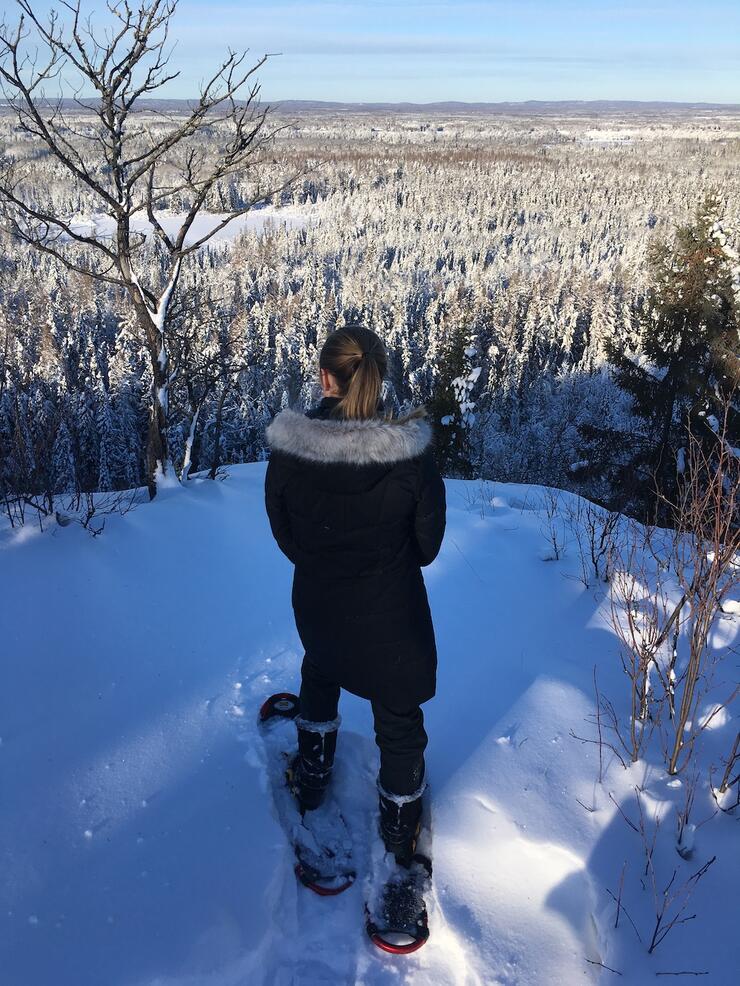
Pick from trails that skirt frozen lakes, ramble the banks of still-rushing rivers, traverse up to lookouts over quiet valleys, and wind through tranquil stands of poplar and balsam fir. The lack of foliage in the winter makes it much easier to see wildlife, and the snow offers clues of animals that passed by not long before you. Keep your eyes lowered to spy lynx and wolf tracks, trained on the treetops to spot porcupine and pine marten, and roving between the trees for glimpses of moose and even caribou (though, thankfully, not black bear at this time of the year).
There are many different places to winter hike and snowshoe in Northern Ontario, from provincial parks and conservation areas, to private clubs and public trail systems. However, while these activities remain accessible and the locations to enjoy them are plentiful, embarking on an excursion this year might take a little more planning given the COVID-19 pandemic. This article will go over everything you need to know to explore Northern Ontario's winter wonderland on foot while staying safe and healthy.
Is it safe to hike and snowshoe this winter?
Unsurprisingly, the risk of transmission largely depends on the level of human interaction on a given trail. A free, low-use trail will carry a much lower risk than a trail that requires you to enter a gatehouse to pay and has many hikers using it. That being said, the fact that hiking occurs outside and generally in places where it is easy to physically distance makes it a low-risk activity compared to indoor pursuits or outdoor pursuits in a confined space.
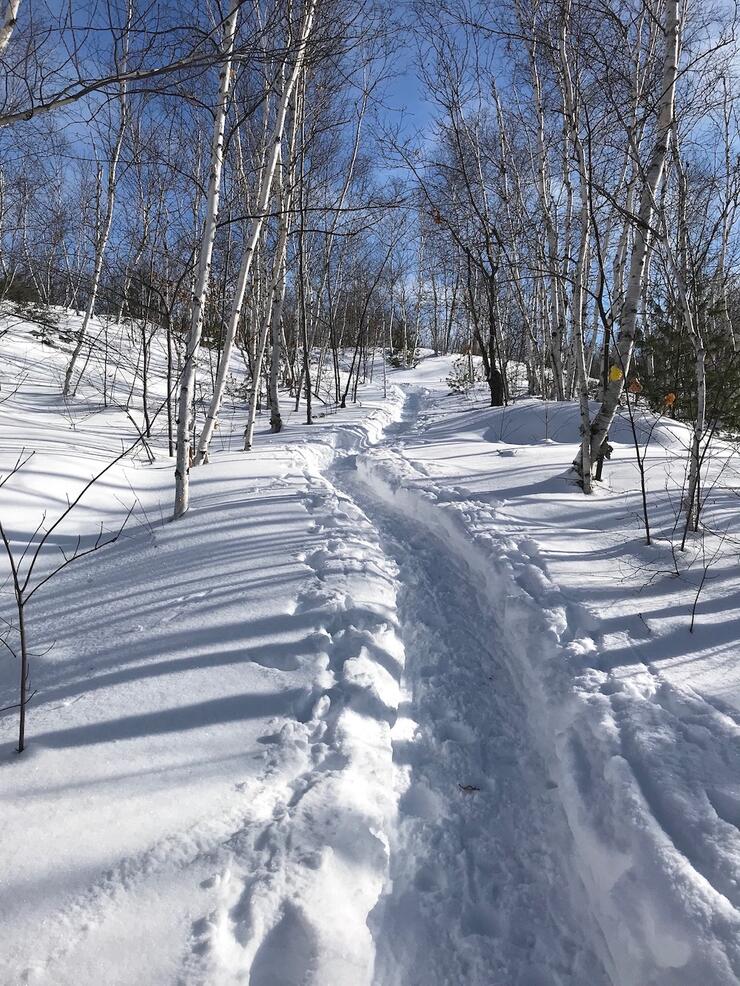
Your ability to appropriately distance yourself from those you might encounter on the trail should be a primary consideration in whether you use it. For example, if a trail is narrow and hemmed in by thick vegetation, making it impossible to step off the path to let someone pass, it may be more advisable to choose a different trail on which you can ensure you keep six feet away from other parties. Other than those rare cases where a trail meets the description above, trails in Northern Ontario tend to allow easy physical distancing due to the area's low population and high number of options.
However, it should be noted that trails may be busier than usual this year. Outdoor activities this past summer saw record numbers of participants, making it likely the same trend will hold this winter. As such, it’s a good idea to have a Plan B or even C in the event you arrive at a trailhead and find the parking lot full.
Proper preparation has always been an important aspect of hiking, particularly in the winter, where forces you may have to contend with include inclement weather and cold temperatures. And while getting injured or lost is never desirable, doing so during a pandemic has the added detriment of putting a strain on emergency services and potential transmission between emergency personnel and those needing aid. Hiking in familiar places, or doing your research about the area you're visiting beforehand, and carrying a map with you will go a long way in ensuring you don't get lost. Likewise, taking a first aid kit, choosing trails rated to your skill and fitness level, and wearing proper attire will reduce your risk of injury.
Hiking and snowshoeing are activities that provide great mental and physical benefits. Stress relief, stronger bones and muscles, sharper thinking, better sleep, and a boosted immune system are all benefits of physical activity, particularly when done outdoors in the fresh air and beautiful natural surrounds. Such benefits should be weighed in the risk assessment hiking and snowshoeing enthusiasts must do when deciding whether to recreate this winter. To help in this assessment, you should be informed of the various recommendations made by hiking organizations and restrictions put in place by outdoor recreation areas to keep hikers and snowshoers safe and healthy.
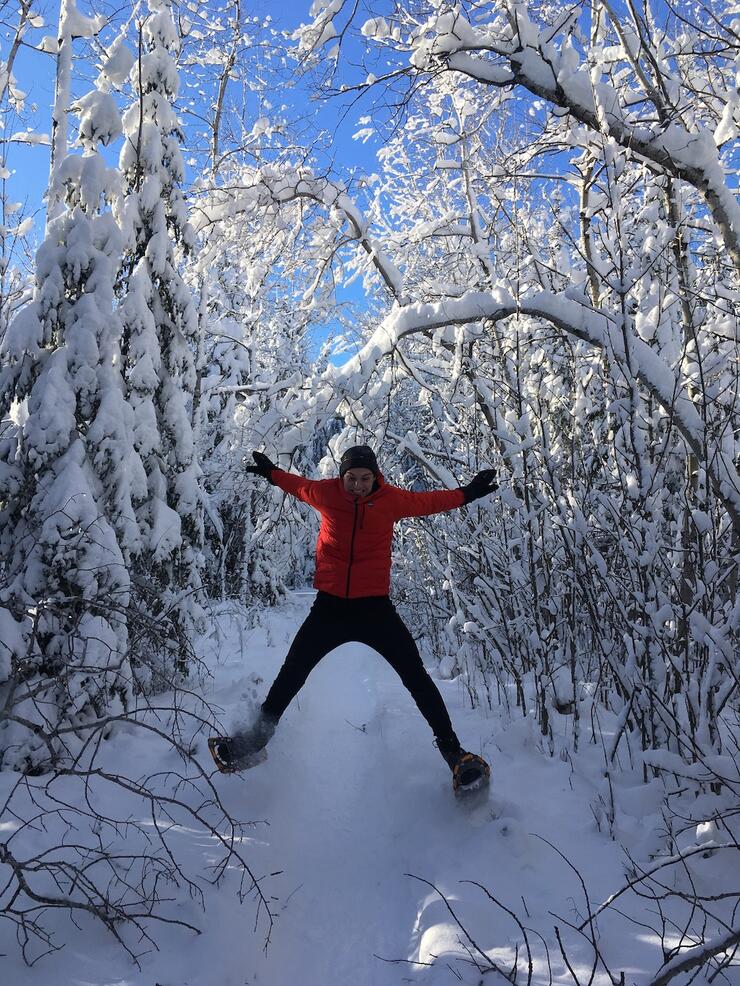
How hiking and snowshoeing areas are responding to COVID-19
Hike Ontario and Ontario Trails have released trail etiquette recommendations hikers should adopt when using trail systems in the province for the foreseeable future. Depending on where you decide to hike or snowshoe this winter, the governing organization may have additional measures in place that should also be observed. As a general rule, though, hikers should:
- Refrain from visiting the trail if they are experiencing symptoms or have been asked to isolate.
- Practice physical distancing, both on-trail and in parking lots.
- Carry a face mask and hand sanitizer.
- Hike in single-file and in small groups, adhering to government regulations regarding group sizes.
- When passing, step as far to the side as possible to maintain six-foot distancing and refrain from using trails that are too narrow to accomplish this.
- Have a backup plan in case the trailhead is crowded upon arrival.
- If unfamiliar with the trail, speak with an expert before heading out.
You can find the full set of recommendations here:
- https://www.ontariotrails.on.ca/learn/current-conditions
- https://hikeontario.com/newsevents/newsletter/
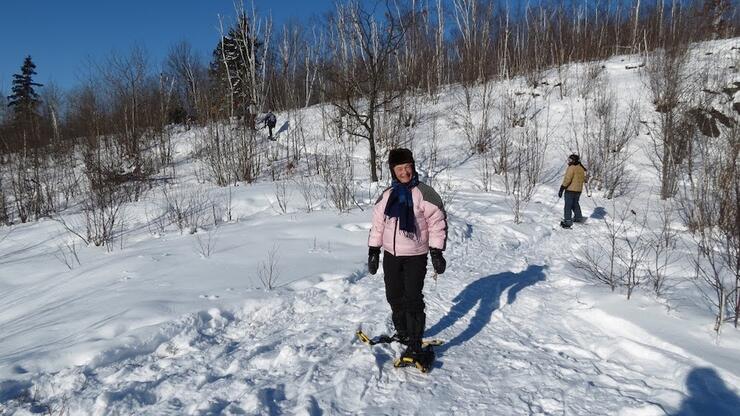
Provincial Parks
Many Ontario Parks are closed in the winter. Still, you'll find most of the ones that usually operate in the winter months will continue to do so this year, allowing visitors to enjoy their hiking and snowshoeing trails. Of course, there are certain restrictions in place. Most of the significant closures and restrictions were specific to summer facilities and programming. However, you may find that at parks where comfort stations are typically open in the winter (some parks close all their comfort stations each winter), there are fewer open this year and vault toilets may also be limited. In addition, you’ll still be asked to wear a mask in park buildings and when physical distancing isn’t possible, wash or sanitize your hands often, practice physical distancing inside and outside, and abide by posted occupancy limits in buildings.
Ontario Parks has committed to prioritizing cleaning and disinfecting essential areas and high-touch surfaces in public spaces, including washrooms. Busier parks also have limited occupancy for day-use and camping—Algonquin and Arrowhead had to cut off daily vehicle permits to avoid overcrowding in their parks in the summer and fall, while Killarney closed The Crack trail after it reached hiking capacity. As such, it's recommended you visit individual park social media channels before you leave and when you are travelling to ensure they haven't reached capacity for the day.
Parks like Killarney and Windy Lake that typically rent snowshoes to the public may continue to do so. However, warm-up shelters are closed this year. Many parks are supplementing by providing picnic tables which people can use to put their snowshoes on.
For more information on COVID-19 measures at Ontario Parks, visit: https://www.ontarioparks.com/covid19
You can check to see which parks are open in the winter here: https://www.ontarioparks.com/operatingdates/2021
Conservation Areas
While most conservation areas in Ontario that are typically open in the winter will continue to be this year, restrictions vary. You may find washrooms aren’t open, trails aren’t maintained or monitored, and brochures at trailheads haven’t been stocked. At others, it’s business as usual with washroom access, regular trail maintenance and grooming, and access to literature.
All conservation areas ask that you bring a face covering for instances where physical distancing cannot be achieved, practice physical distancing, and respect posted capacity restrictions in buildings. Some are offering the option to purchase day passes online. In most cases, rentals are still available.
Be sure to visit the conservation area's website you plan to visit beforehand to find out what services are available. You can find a list of conservation authorities in Ontario here: https://conservationontario.ca/conservation-authorities/find-a-conservation-authority
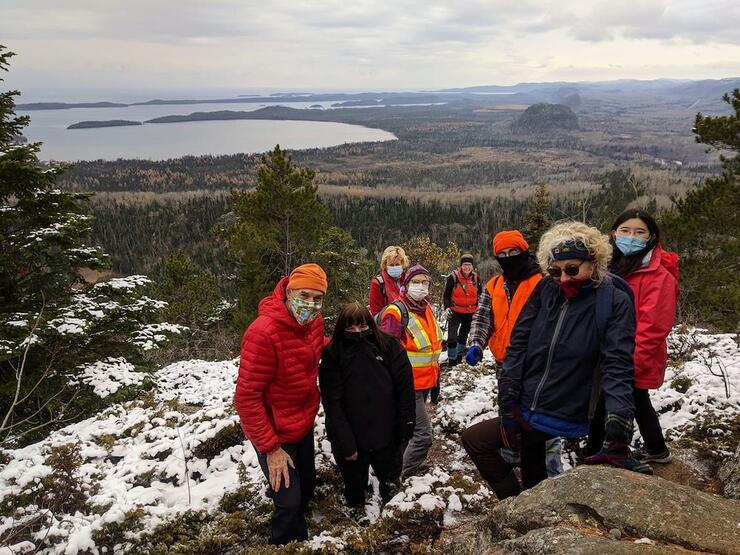
Snowshoe and hiking clubs
There are various snowshoe clubs (often coupled with cross country skiing) across Northern Ontario that offer facilities and groomed/maintained trails to their membership each winter. Most of these clubs are still operating this year, with some changes. If they offer indoor facilities, the familiar rules apply: face coverings must be worn, physical distancing must be maintained, hand sanitizer must be used upon entering buildings, and capacity limits must be respected. If food and beverages are sold, the food service may have a more limited menu or only offer take-out. Many are also recommending you leave personal belongings in your vehicle and arrive ready to snowshoe, and have introduced the option to purchase passes and memberships online. In most cases, rentals are still available.
Hiking clubs that help maintain trails and run group hikes may still be doing so this winter, again with some changes. Hikes are capped according to government-regulated gathering limits or sometimes lower, limited to members only, and require pre-screening and pre-registration.
Once again, it's a good idea to connect with the club before arriving to determine what specific restrictions they have in place and their services this year. You can find lists of hiking clubs and associations here:
Public trails
Trails found in municipal parks and on public land will vary in restrictions and services. You may find washrooms and picnic areas are closed and trails unmaintained. It would be best to assume that no sanitization of surfaces like railings or benches has taken place. Do your research about the trail before you go, and be prepared with a mask and hand sanitizer.
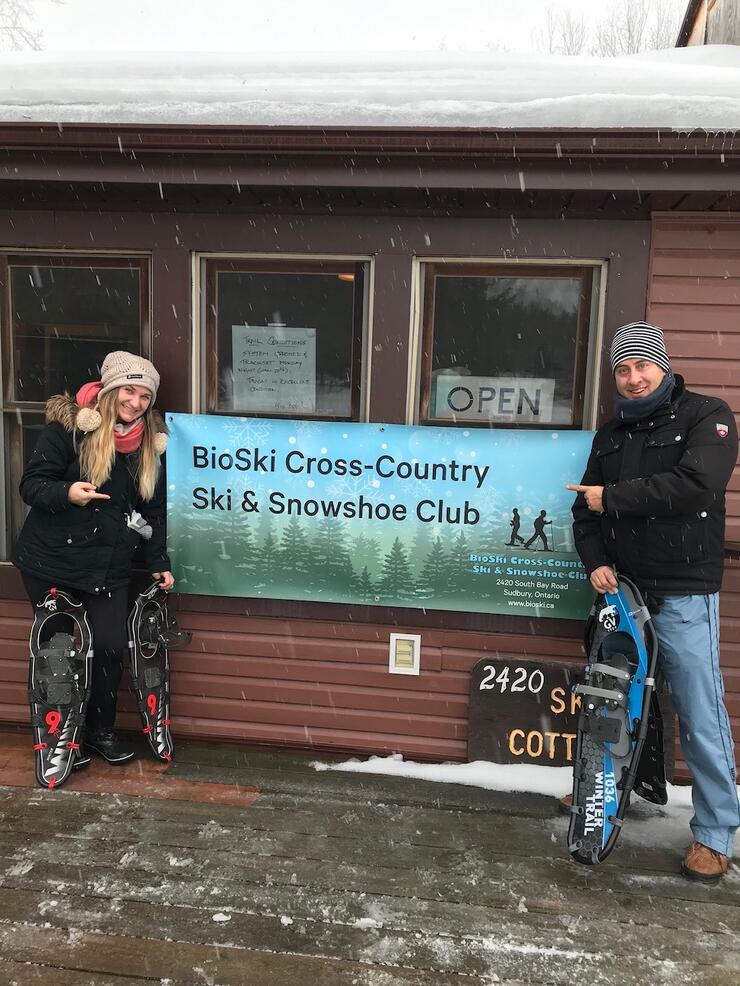
Rentals
In most cases, snowshoe rentals are still offered by provincial parks, conservation areas, clubs, and outfitters. Most have committed to sanitizing rentals between use. Other changes you may encounter include:
- Distribution of rental equipment outside.
- Increased sanitization within the rental facility.
- Requirement for face coverings and physical distancing within a rental facility.
- Requirement to provide contact information to assist with contract tracing, if necessary.
- Seating areas spaced out for physical distancing while putting on/fitting equipment.
Check the website or call the rental facility before arriving to find out their specific protocols and services.
While trail use is currently permitted in Ontario under all COVID-19 zones, restrictions regarding gathering sizes and available services vary. For up-to-date information about what restrictions are in place for regions of Ontario visit: https://covid-19.ontario.ca/zones-and-restrictions
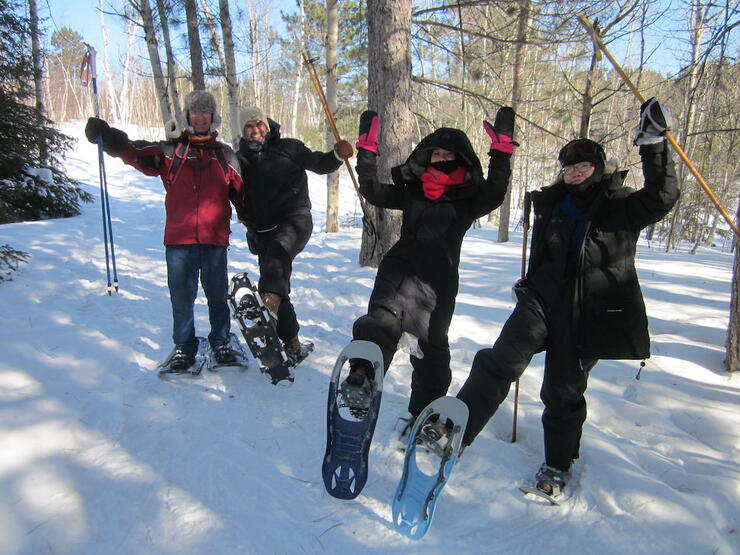
Planning a future hiking or snowshoeing getaway
Northern Ontario winters are consistently snowy, cold and beautiful. That means incredible hiking and snowshoeing experiences will still be waiting for you once the pandemic is over. This year, it’s important we all do our part to limit the spread of COVID-19 by staying close to home. In the meantime, you can start daydreaming and planning for a future hiking or snowshoeing trip in one of Northern Ontario’s dazzling winter wonderlands.
Get your planning started by taking a look at the best snowshoeing trails and getaways in Ontario. Then explore the links below for helpful resources for each of the regions in Ontario’s Great White North.
Sunset Country
In Sunset Country you can go for a hike at Hazelwood Lake Conservation Area or Quetico Provincial Park, strap on your snowshoes at Kamview Nordic Centre, hit the trails with the Thunder Bay Hiking Association, or book a snowshoeing getaway package with Rose Valley Lodge. For more great ideas, see these resources:
- Hiking And Snowshoeing Trails In Sunset Country
- Guide To Snowshoeing In Thunder Bay
- Top 3 Must Snowshoe Spots In Thunder Bay
- Snowshoeing In Sandbar Provincial Park
Northeastern Ontario
In Northeastern Ontario you’ll find hiking and snowshoeing opportunities at places like Windy Lake Provincial Park. Laurier Woods Conservation Area, Laurentian Ski Hill, BioSki Cross-Country & Snowshoe Club and Sportsman’s Lodge. For more great ideas, see these resources:
- Guide To Nordic Skiing And Snowshoeing In Northeastern Ontario
- Spending A Winter Weekend In Killarney Provincial Park
- 3 Winter Hikes To Do With Your Dog Near The Soo
- Cross Country Skiing And Snowshoeing Trails In North Bay
- Snowshoeing And Cross Country Skiing Trails In Timmins
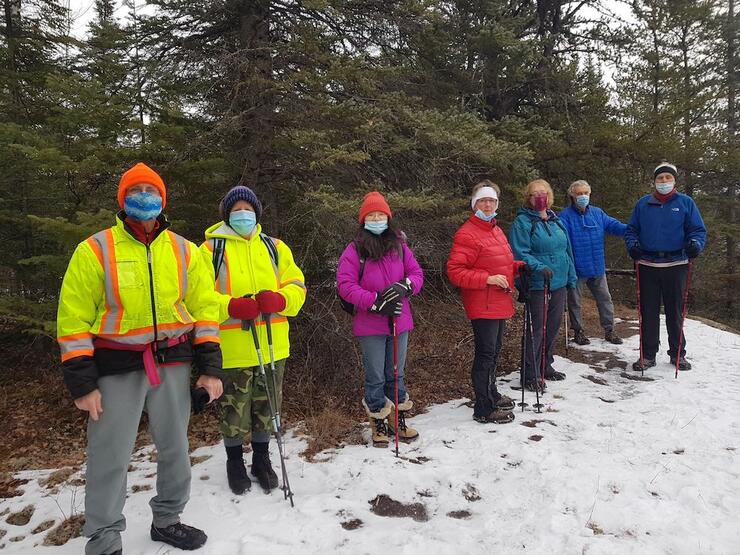
Algoma Country
Algoma Country is home to the likes of Stokely Creek Lodge, where you can book a stay and explore the grounds by snowshoe; Hiawatha Highlands, where you can access all levels of snowshoe trails; and Lake Superior Provincial Park, where you can get off-trail for some backcountry adventures. For more great ideas, see these resources:
- Snowshoeing Trails In Algoma Country
- What It’s Like To Go Snowshoeing In Algoma Country For The First Time
- Why Algoma Country Is The Perfect Place To Snowshoe
- Hot Spots In Sault Ste. Marie For Snowshoeing
- 3 Winter Hikes With Your Dog Near Sault Ste. Marie
- Gros Cap Bluffs: A Snowshoe And Hiking Paradise Just 20 Minutes West Of Sault Ste. Marie
Superior Country
Enjoy snow-filled days and make lifelong memories when hiking and snowshoeing at Wabakimi Provincial Park and Hurkett Cove Conservation Area, or when you book a getaway package with Nipigon River Adventures, just a few of the many wonderful places to explore in Superior Country. For more great ideas, see these resources:
- Where To Stay In Superior Country
- Where To Eat In Superior Country
- 7 Epic Winter Adventures In Superior Country
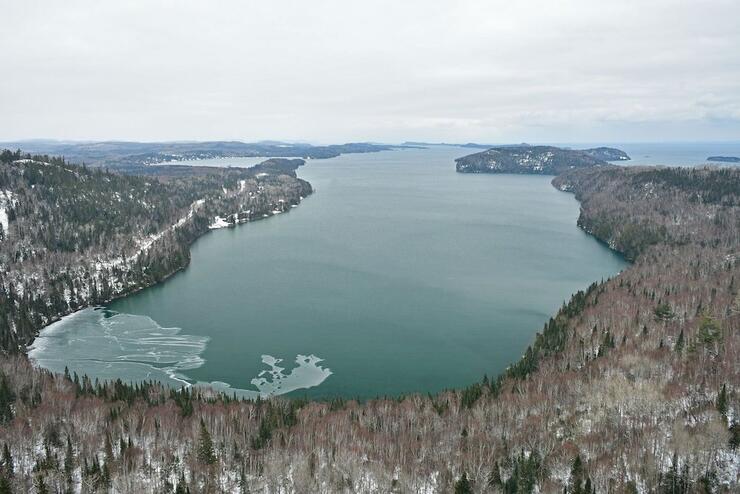
Hit the trails
Hear the crunch of snow under your boots, shield your eyes against the winter sun reflecting off sparkling landscapes, and then stand still doing nothing but listening to the silence around you. If you live in Northern Ontario, this winter is the perfect time to get out on the trail by boot or snowshoe and explore your backyard. If not, the wait will make your eventual visit all the more special. We promise the snow will be just as deep, the scenery just as enchanting and the trails just as restoring.
Recommended Articles

Ontario’s Most Stunning Winter Resorts
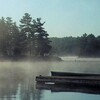
Dog Sledding in Ontario
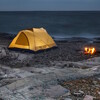
Crown Land Camping
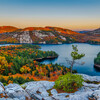
Natural Highs
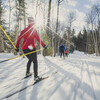
Best Cross Country Ski Spots
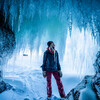
Plan Your Adventure
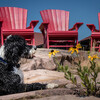
Dogs Welcome!
19 Winter Activities to Add to Your Bucket List
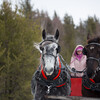
Bundle up for Snowy Horseback & Sleigh Rides
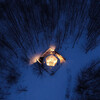
Go Winter Glamping
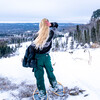
Best Winter Getaways in Ontario
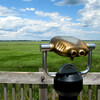
Ontario Birding Checklist
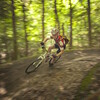
Adventure Races Ontario

2025 Triathalons
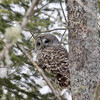
Where to See Ontario's Coolest Wildlife
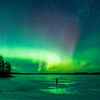
Best Northern Lights Destinations
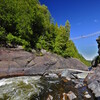
Ontario’s National Parks
After the Storm
Tom Thomson Self-Guided Tour

